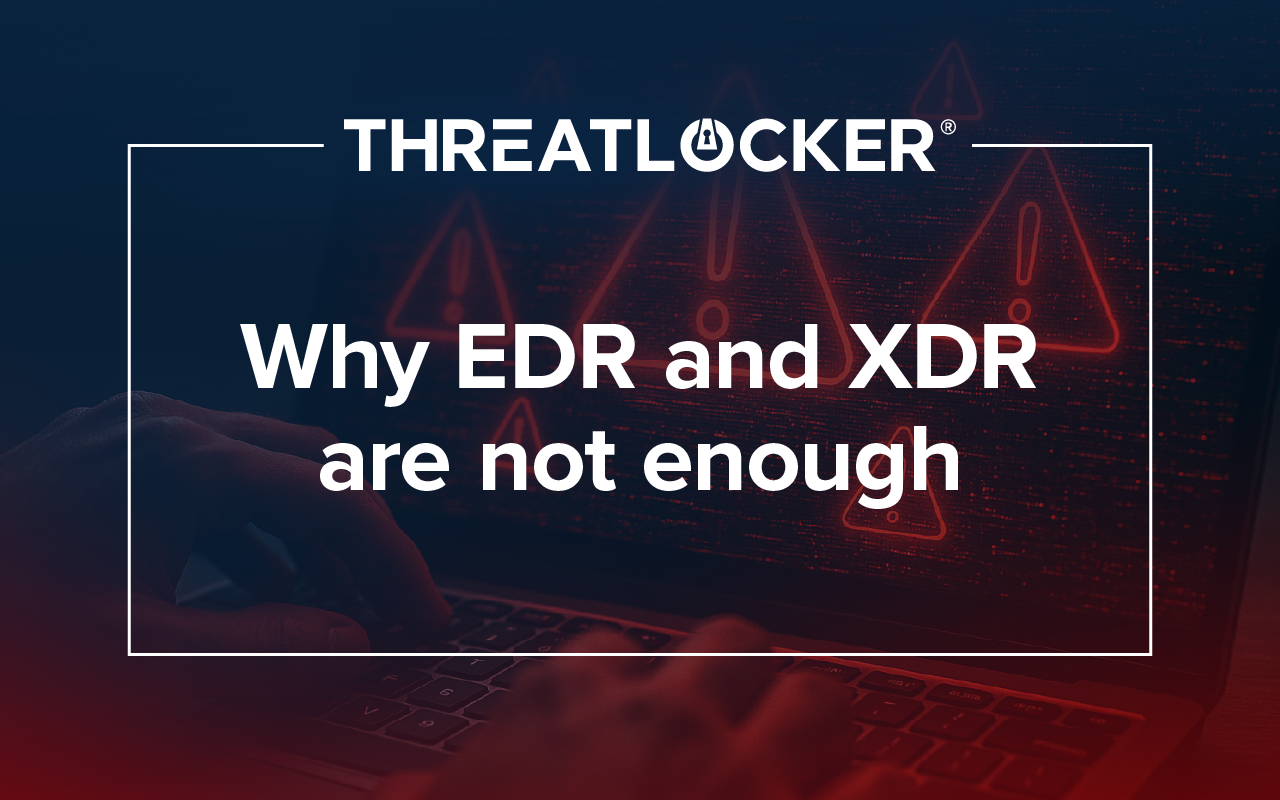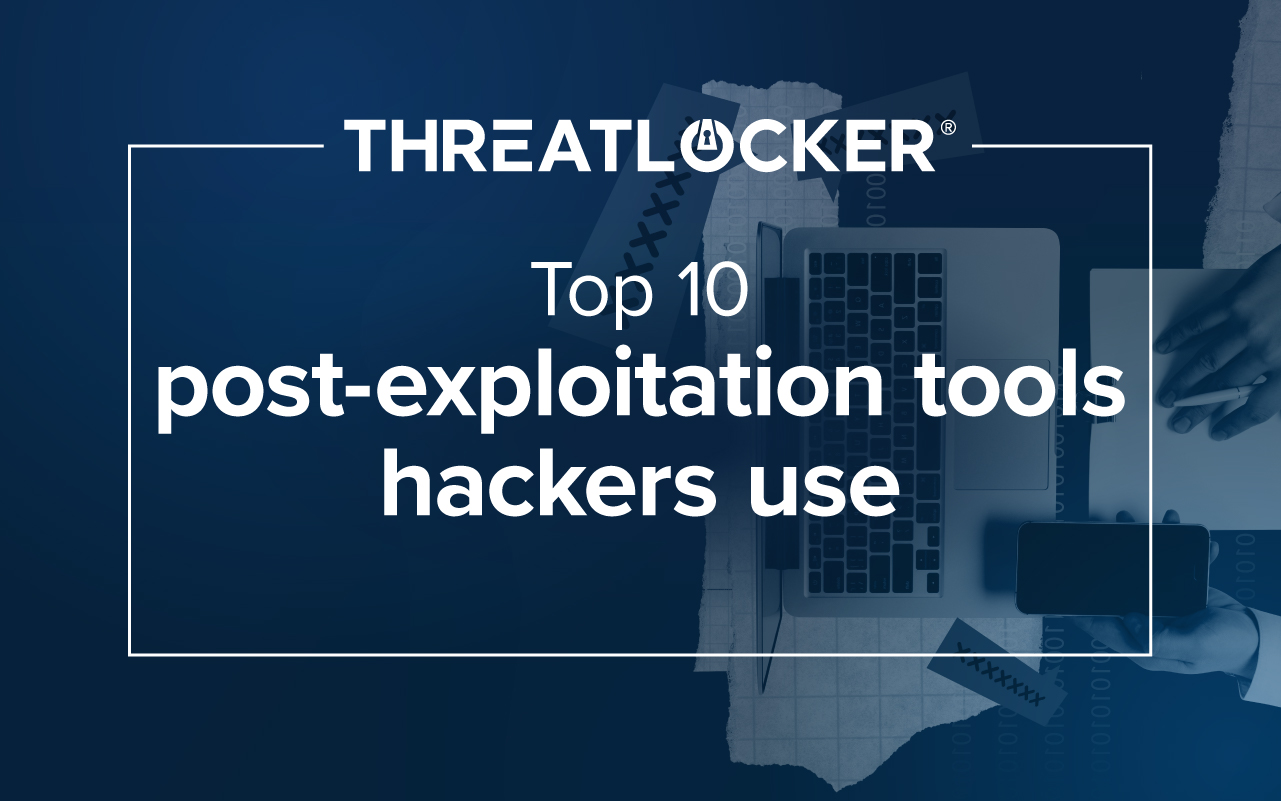Table of contents
Insider threats are a formidable challenge in cybersecurity, often overshadowed by external attacks, yet potentially more damaging due to their origin from within the organization.
The stakes are astronomical. Breaches influenced by insider threats can result in significant financial losses, legal repercussions, and reputational damage. This publication aims to explore the complexities of insider threats and provide effective strategies to solidify your organization’s defenses.
What are insider threats?
The Cybersecurity and Infrastructure Security Agency (CISA) defines an insider threat as, “The threat that an insider will use their authorized access, intentionally or unintentionally, to harm the department’s mission, resources, personnel, facilities, intellectual property, equipment, networks, or systems.”
Usually, insider threats occur when current or former employees, contractors, or business associates abuse their access – knowingly or otherwise – to compromise sensitive information.
An insider threat may utilize their access or knowledge of your organization’s resources for:
- Sabotage
- Espionage
- Terrorism
- Theft
- Malicious cyberattacks
Types of insider threats
Here is a breakdown of the most common types of insider threats:
Malicious insiders
Otherwise known as intentional insiders, these actions are often used to harm an organization based on personal gain or grievance. For instance, a malicious insider may be a disgruntled employee who bears a grudge against the organization or their colleagues and may seek to harm the company through unauthorized access, data theft, or sabotage. Former employees or insiders who act on behalf of competitors are also considered malicious because of their motives.
Negligent insiders
On the opposite end of malicious insiders, there are also unintentional insider threats. These actors expose an organization to a threat through carelessness or by accident. This includes employees who inadvertently expose sensitive information by mishandling data, sharing passwords, or falling for phishing attacks.
Negligent access can also happen when employees are given excessive or unnecessary access permissions and unintentionally misuse their privileges.
Third-party insiders
While much of the emphasis on insider threats is on current or former employees, organizations should also be wary of third-party insiders. This includes contractors, vendors, business partners, and manufacturers. Even though they are not part of your organization internally, they can still pose a risk or introduce vulnerabilities.
The impact of insider threats
Insider threats are one of the leading causes of data breaches and can take days, if not weeks, to contain completely. In addition to this, incidents are becoming more costly than ever to organizations that fall victim.
Organizations should understand the damage insider threats can cause to their reputation. A recent example would be how the Chief Operating Officer (COO) of a US network security firm pleaded guilty to compromising the IT systems of two hospitals to generate business for his company. In this example, a malicious insider threat is not only costly for the organization but has severely damaged its reputation.
In addition, consider the case of Robert Hanssen. The FBI special agent ultimately became the most damaging spy in Bureau history. With his authorized access to classified information, he was able to provide highly classified national security information to the Russians in exchange for more than $1.4 million in cash, bank funds, and diamonds.
Identifying potential risks and vulnerabilities
Even without pinpointing individual culprits, organizations can prevent insider threats by understanding the characteristics and warning signs. Knowing what to look for allows proactive measures to be implemented before damage is done.
The Center for Development of Security Excellence emphasizes that individuals at risk of becoming insider threats, and those who ultimately cause significant harm, often exhibit warning signs or indicators. These include:
- Access: The more access someone has to your systems, property, or trade secrets, the larger a threat they pose.
- Professional lifecycle and performance: Disgruntled employees, underperforming individuals, and team members who have been laid off may hold a grudge and act in malice.
- Compliance incidents: An increase in compliance incidents may be a sign that employees could become negligent insiders.
- Technical activity: Information technology can compromise an organization’s systems. Inappropriate or unauthorized use of any information technology that could lead to, or be evidence of, insider threat.
- Influence: Outside activities and former employment can be red flags for insider threats. While it can be difficult to monitor outside behavior, signs like financial distress or foreign employment could be potential risks.
Best practices for preventing potential insider threats
As insider threats can be extremely costly and damaging, it is best to prevent these incidents before they become a problem. Here are some of the best ways to mitigate this unique security risk.
Proper onboarding and offboarding
Onboarding and offboarding are two critical processes that, when done right, act as bookends against potential insider threats. Onboarding lays the foundation for secure behavior. New hires are primed with security protocols and policies, fostering a culture of awareness from day one.
This includes educating them on data handling, acceptable network usage, and reporting suspicious activity. By setting clear expectations and establishing trust, onboarding has the potential to stop risky behavior before it starts.
Offboarding, on the other hand, secures the exit. It involves meticulously revoking access, retrieving company property, and conducting data audits. An efficient offboarding process ensures disgruntled employees, departing contractors, or anyone with lingering access can't exploit their former privileges.
Principle of least privilege
"Least Privilege" is a concept in computer security that limits users' access rights to only what is strictly required to do their jobs, especially when it comes to running applications or software as an administrator that would normally be unauthorized by your internal IT department. It is an essential step in preventing insider threats as it stops them from accessing certain systems, applications, or facilities without the proper permissions.
Implementing least privilege protocols immediately reduces the risk of insider threats and can also make a threat easy to identify and contain if it occurs.
Password policies & access controls
Password attacks are one of the most popular methods of personal and corporate data breaches. They can also be used by insiders. So, employees need to make strong passwords and not share them.
It is also important for companies to monitor password(s) to align with password policies. This includes requiring updates every few months, not using the same (or similar) password for multiple accounts, and refraining from writing passwords in easily accessible locations like paper notes.
Create a culture of security
Regular security training and cybersecurity awareness programs can go a long way in preventing insider threats. This strategy works in two ways. First, it educates employees about what to look for in malicious actors. Employees should be able to identify risky behavior and flag potential bad actors inside the company.
The proper training also ensures employees are aware of unintentional insider threats. They will know how to avoid security slip-ups caused by carelessness or being uneducated, as well as common social engineering attacks. This is especially important for the hybrid workforce, which faces unique cybersecurity challenges.
Creating a strong culture of security can help prevent insider threats. Simultaneously, it encourages employees to report suspicious activities while promoting transparency and trust within your organization. To keep this culture strong and vigilant, ensure your organization is regularly updating and communicating security policies.
Utilize technology
Security teams should also utilize software and monitoring tools to support their data loss prevention strategy. It is impossible for your IT department to monitor every employee all the time. Monitoring tools can take some of the weight off your shoulders to continuously assess and identify potential insider threats based on compliance incidents and technical activity.
CISA recommends a set of guidelines that can improve an organization’s capability to protect its networks, systems, facilities, and members from insider threats. It includes:
- Database monitoring: Tracks database transactions and blocks unauthorized transactions. ThreatLocker provides Zero trust data protection from unauthorized access or theft with Storage Control.
- Data loss prevention: Allows organizations to secure communications across email, endpoints, the web, networks, and the cloud before it leaves the host network so information is not leaked.
- Access control systems: Tracks, controls, and watches access and movement within and around facilities.
- Whitelisting: Blocks any unauthorized program from being placed on a network without permission. ThreatLocker offers Application Allowlisting to allow the software you need and block everything else.
- Privileged Access Management technologies: Prevents insiders from accessing certain systems, applications, or facilities without the proper permissions. ThreatLocker offers Elevation Control to provide an additional layer of security by removing local admin privileges from users.
- Network flow analysis: Detects and prevents malware activity by monitoring for outbound communications with command-and-control servers. ThreatLocker Network Control enables you to have total control over network traffic and close or open ports with dynamic ACLs.
- Security Information and Event Management Systems: Real-time threat monitoring detects insider threats. ThreatLocker provides comprehensive Endpoint Detection and Response capabilities through ThreatLocker Detect.
ThreatLocker: One way to help prevent insider threats
It is always best to have a plan to respond to insider threats rather than react. Zero Trust Endpoint Security can ensure your organization is continuously safeguarding and monitoring against insider (and outside) threats by aligning with least privilege principles.
Take Control of Your Cybersecurity with a free trial from ThreatLocker.





